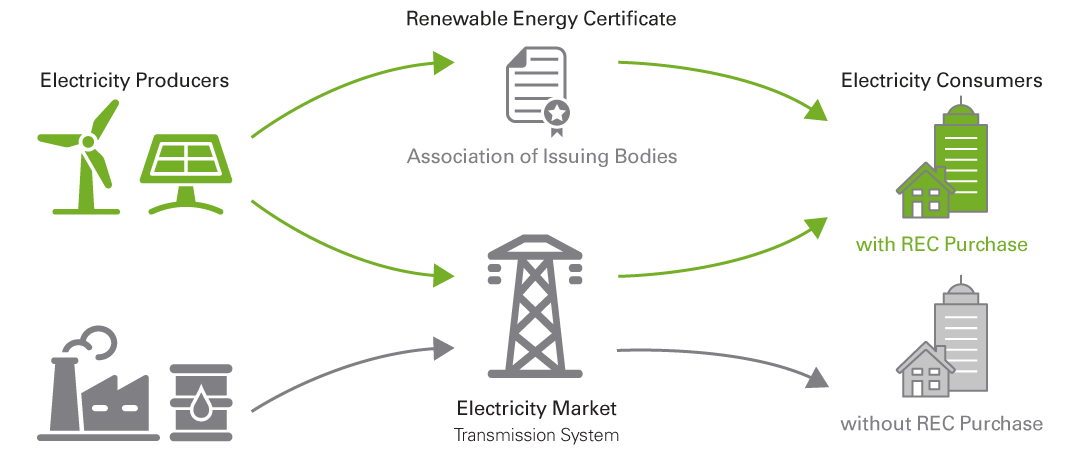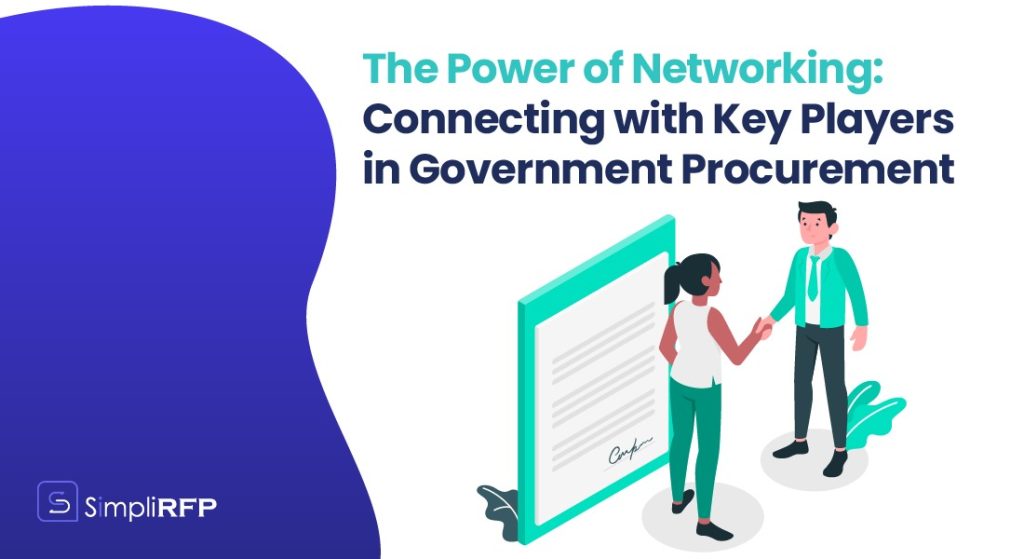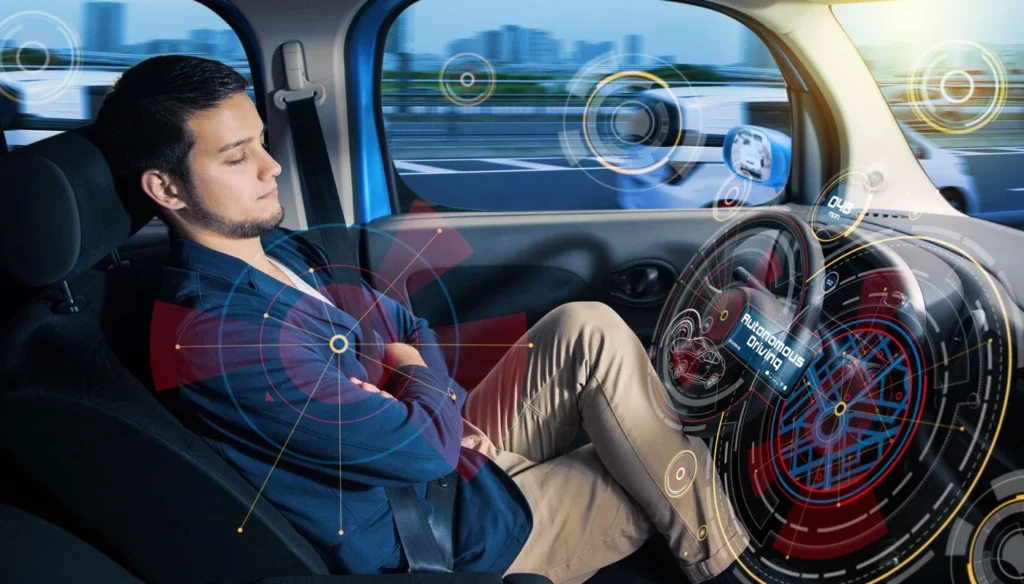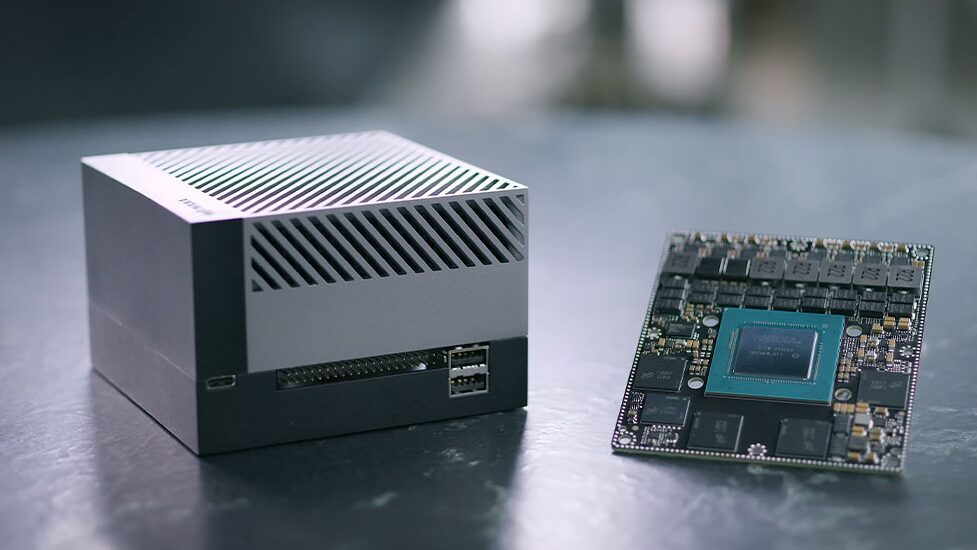Understanding Renewable Energy Certificates (RECs)
Let’s delve into the world of Renewable Energy Certificates (RECs) and demystify their significance in the realm of renewable energy.
What Exactly is a REC?
Imagine RECs as the superheroes of the renewable energy world. But wait, what are they? Well, a Renewable Energy Certificate (REC), pronounced “rek” for short, is like a golden ticket representing the green goodness of renewable electricity generation. It’s a nifty market-based instrument that embodies the environmental, social, and other non-power attributes of renewable energy.
So, whenever a megawatt-hour (MWh) of electricity is birthed from a renewable energy resource and delivered to the electricity grid, voila! A REC is born.
How Do These RECs Work?
Alright, picture this: you flick a switch, and your light bulb illuminates. But hold on, where did that electricity come from? Was it wind, solar, or maybe hydro? Here’s where RECs swoop in. Since the electricity we receive doesn’t come with a tag detailing its origin story, RECs step up to the plate. They’re the guardians of accountability, tracking, and assigning ownership to renewable electricity generation and usage.
Now, whether that power flows from an on-site solar panel or a wind farm miles away, RECs are the trusty instrument that consumers use to back up their claims of using renewable electricity.
The Legal Backbone of RECs
So, are RECs just floating around in a legal gray area? Not at all! They’re the real deal, backed by layers of legal support from various government bodies, regional electricity authorities, NGOs, and even U.S. case law. These certificates are the accepted legal currency when it comes to substantiating claims of renewable energy usage in the U.S.
What’s This Talk About REC Arbitrage?
REC Arbitrage? Sounds fancy, right? It’s a clever strategy employed by savvy electricity consumers to achieve two goals at once: slashing the cost of their renewable electricity usage while also proving their green credentials. Picture consumers either setting up their renewable energy projects or snagging renewable electricity straight from the source via power purchase agreements (PPAs). It’s like hitting two birds with one stone, financially and environmentally speaking.
How About RECs vs. Offsets?
Now, let’s not confuse our superheroes here. Both offsets and RECs are like caped crusaders fighting climate change, but they have distinct roles to play. Offsets are the cool cats that represent a metric ton of emissions avoided or reduced, while RECs are the avatars of 1 MWh of renewable electricity generation. They’re different instruments with different impacts, each with its own set of qualifications and credits in the grand scheme of emissions footprints.
So, there you have it! RECs aren’t just fancy acronyms; they’re the backbone of the renewable energy market, ensuring that every watt of green power gets its moment in the spotlight. Let’s discuss further if you’re intrigued by the power of RECs and their role in shaping a greener tomorrow!
Also Read: Biomass Heating






